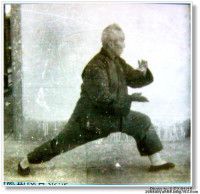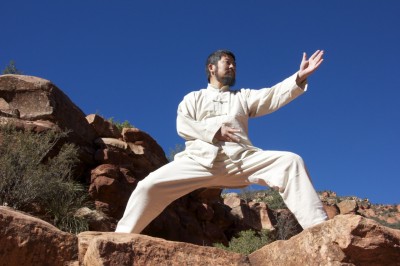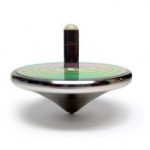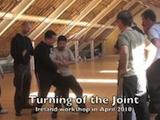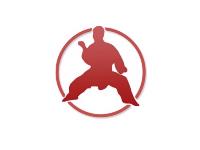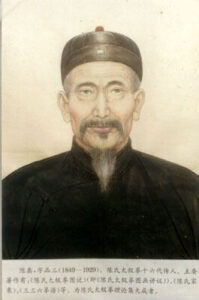
Chen Xin (1849-1929)The 16th generation of Chen Style Taijiquan, author of “Illustration of Chen Style Taijiquan”
Pure yin without yang is soft hand, pure yang without yin is hard hand;
One yin and nine yang is a stick, two yin and eight yang is Sanshou;
Three yin and seven yang still feels hard, four yin and six yang shows a good hand; Read more

